It's been one month since I and other members of the Green Yachts team crossed the Atlantic Ocean in two electric sailboats, the Arcona 435Z (Z for zero emission) and the Salona S380Z both with Oceanvolt electric propulsion systems It's worth looking back on our trip to reflect on what it was like to sail across the ocean in an electric sailboat.
On the journey, we experienced days with 30+ knot headwinds in which we were double reefed and other days in which we had winds less than 4 knots, ironically as we were passing the wind farms off the coast of England. We had fair winds crossing the Bay of Biscay and 20-30 knots of following winds down the coast of Portugal. From the Canary Islands to Bermuda we mostly had gentle 10-20 knot following winds, though we did get a bit of a scare at the end as Hurricane Paulette doubled in speed and changed direction to come right towards us though we made landfall in plenty of time.
At first, in the North Sea after leaving Sweden on the Arcona 435Z, we used the electric propulsion more than we needed as we augmented our speed while sailing. After a few days, our battery bank was down to 20%. Then, we started relying on the sails...as sailors. At first, I felt like we had to and I was frustrated as we sailed along at four knots. But, what triumphed over my frustration is rediscovering within myself what it meant to be a sailor.
For centuries, we sailors made it everywhere on the planet relying 100% on the winds. Relying on the winds made centuries of sailors better at reading the weather, trimming sails and keeping a steady course. Modern sailors know how to do these things, but we have stopped relying on these skills because of the diesel engine. At first on our trip, we turned off the motor because our battery bank was low and we needed to conserve power. But, as our journey continued, we found ourselves enjoying relying on our s
.jpg?width=518&name=Slona%20380%20(36).jpg)
ails and our sailing skills. We usually entered port with 50% or more of our battery bank due to our combination of using the motor less and hydroregenerating energy back into the battery bank. For example, we did use the electric motor on the Arcona 435Z and Salona S380Z for a long-time to get out of a dead zone of wind leaving the Canary Islands, getting down to around 20%, but through hydroregeneration, we ended up getting back up to 90% and pulling into Bermuda with over 50% charge in our battery bank.
While we had used electric boats of all types in the past, this was our first long, transatlantic journey using an electric sailboat. We learned that an electric motor made us better sailors, reduced the maintenance and fumes one usually deals with on a journey with a diesel engine, and when one gets used to the balance of using the electric motor and regenerating through hydroregeneration and solar power, you in effect, get an unlimited range with an electric motor. Learning how to hydroregenerate and thinking about power management became part of the art of sailing and was enjoyable thinking about how and when to use the motor and hydrogenerate, like we did when using the traveler, mainsheet, and boom vang all in combination to create a well-trimmed sail. In fact, the two went hand in hand as the better we trimmed our sails, the faster we went and the more we could hydroregenerate.
Racers of course, are familiar with relying on their sails and trimming them to get more speed- they have to in races. But cruisers have gotten away from relying on their sails because of the diesel engine. We saw many a sailor who had their mainsail up and the engine on as they powered in a straight line, upwind (and were probably asleep as they did not respond to VHF calls from angry fisherman who had to get out of their way!). This is not what any of us envision when we think about who are are as sailors, and I believe electric propulsion will make cruisers better sailors while still giving them the auxiliary propulsion they need to get out of dead zones and in and out of port.
The advice I would give to any sailor who is thinking about crossing the Atlantic with an electric sailboat is threefold:
- Measure the amp requirements of all your onboard systems and change out any power hungry system. On the Arcona 435Z we had a water-cooled refrigerator, which was a game changer as it significantly decreased the power consumption compared to a typical marine refrigerator.
- Spend time on weekend sails sailing even when the winds are light. It is good for one's psyche and one's skills to develop their light wind sailing ability.
- Bring paperback books. In line with our view that modern electric sailboats bring sailors closer to the tradition of sailing in which sailors had no need of a diesel engine to travel the world, we found we read more when we had a real book in our hands and not just a kindle.
And lastly, if you are going to cross the Atlantic in an electric sailboat, it makes a huge difference to do it in a sailboat with three key characteristics:
- Performance - the Arcona 435Z and Salona S380Z averaged over 8 knots sailing across the ocean, which is fast for monohull sailboat between 43 and 38 feet. Whether it is a catamaran (that is stable and safe), a big 18+ meter monohull with a long waterline or a higher performance monohull like the whole range of Arcona and Salona sailboats, a fast sailboat is a huge plus
- Comfort - the Arcona 435Z and the Salona S380Z were a joy to spend time on their comfortable cushions and cabins, well-laid out galley, the expansive dinette and the spacious cockpit that made outdoor lounging relaxing. You're going to be spending a lot of time on your boat crossing the ocean and it makes a big difference if you get to cross it in a boat that is so incredibly comfortable and well-made as an Arcona or a Salona
- Hydroregeneration - hydroregeneration is a game changer for electric propulsion and Oceanvolt's new Servoprop lineup has the best hydroregeneration capability of any electric propulsion system available on the market. Hydroregeneration continuously adds power back into your battery bank giving you 'free' power. If you are using an electric motor, choose one with a strong ability to hydroregenerate because it transforms your range from a few dozen miles to unlimited when used strategically
Now that we have crossed the ocean in an electric sailboat, I have been asked, do I want to cross the ocean again? My answer is absolutely, but with two requirements:
- Crossing the ocean in an electric sailboat was so enjoyable compared to a sailboat with a diesel engine, I would never want to cross the ocean with a diesel engine ever again (this is pretty similar to how most Tesla owner feels about the idea of going back to driving a gas car).
- The second requirement is personal - I missed my wife, and my next ocean crossing will be a shared one with my wonderful life partner because I want to spend the time at sea with her instead of apart.
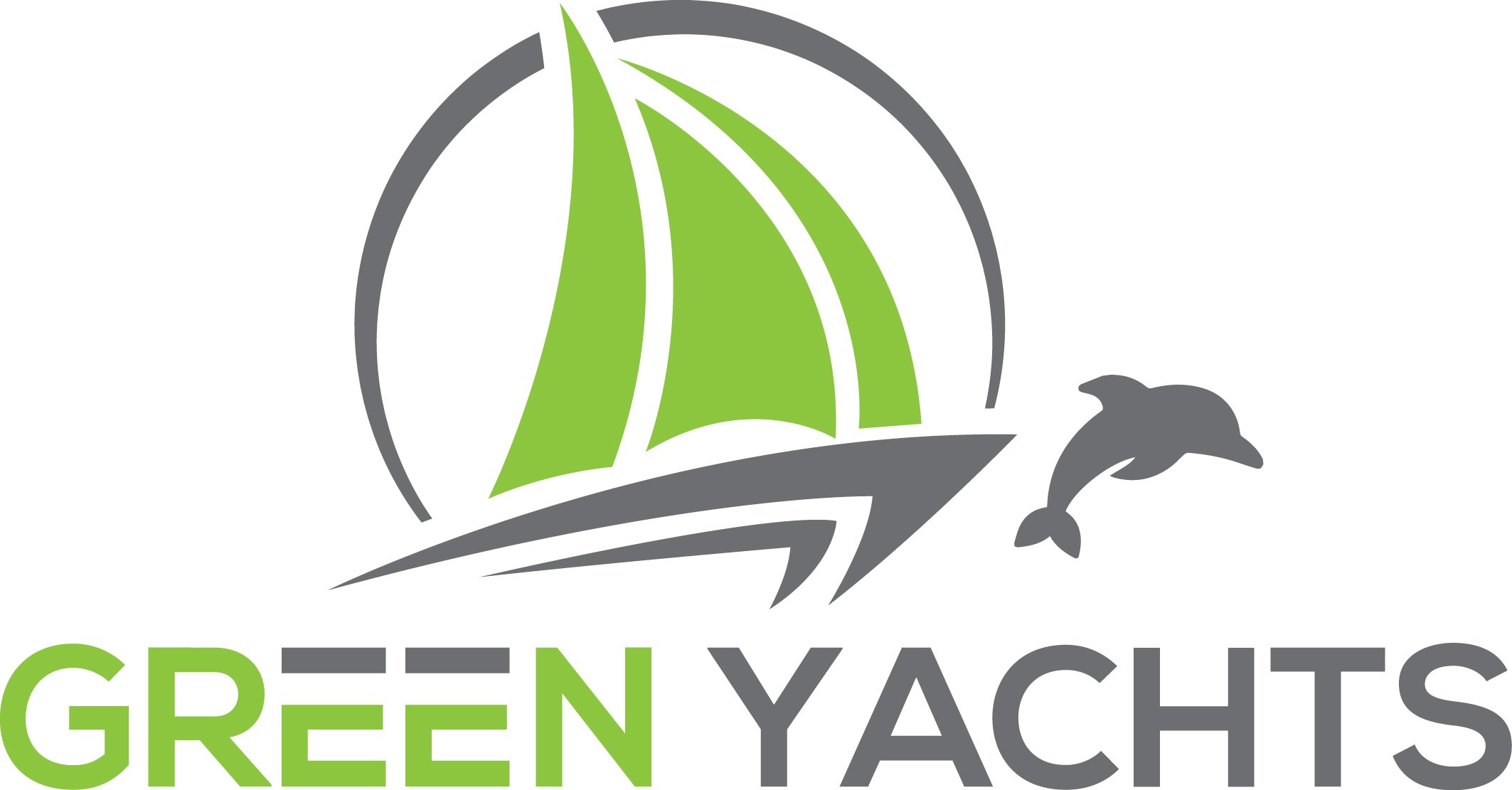


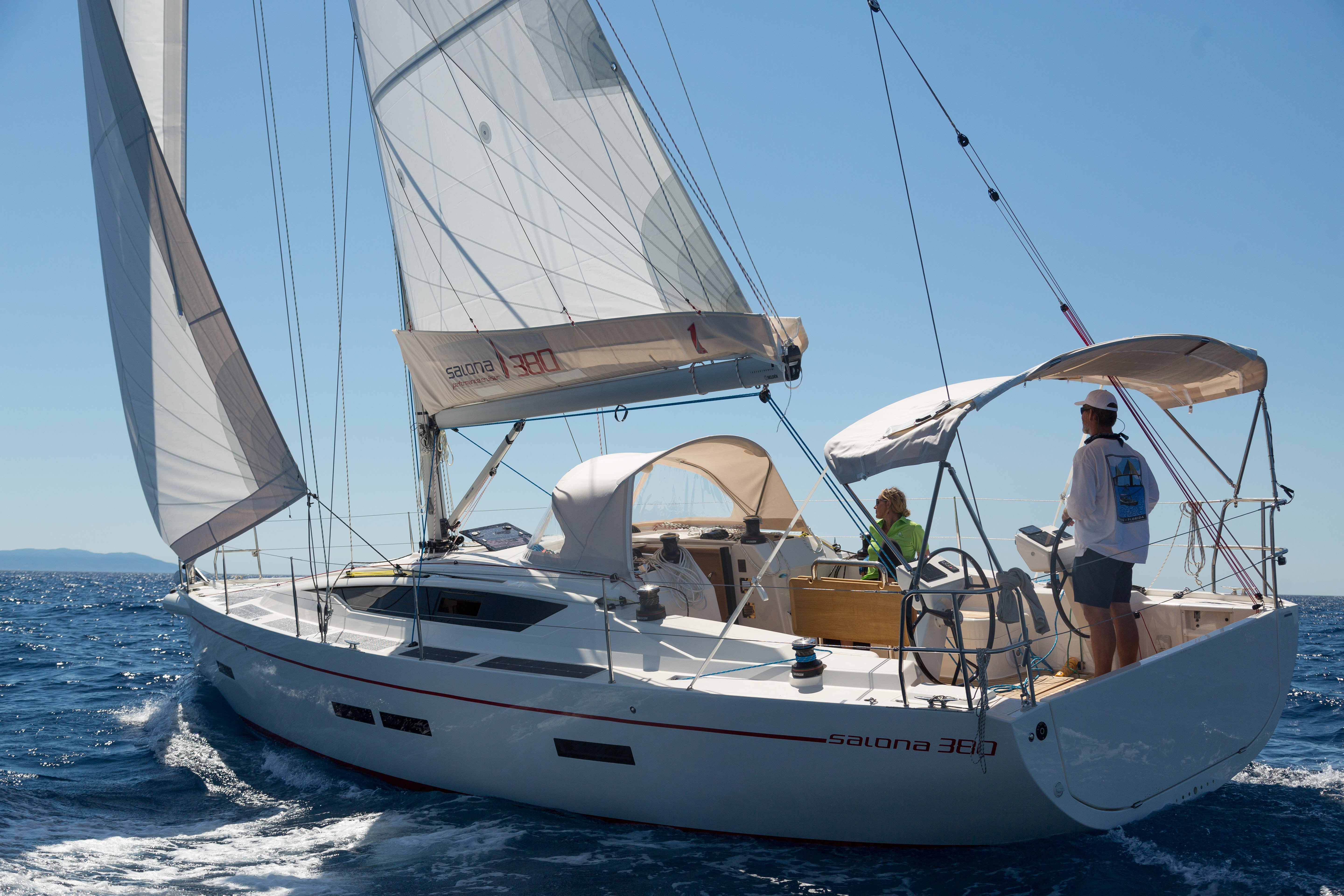
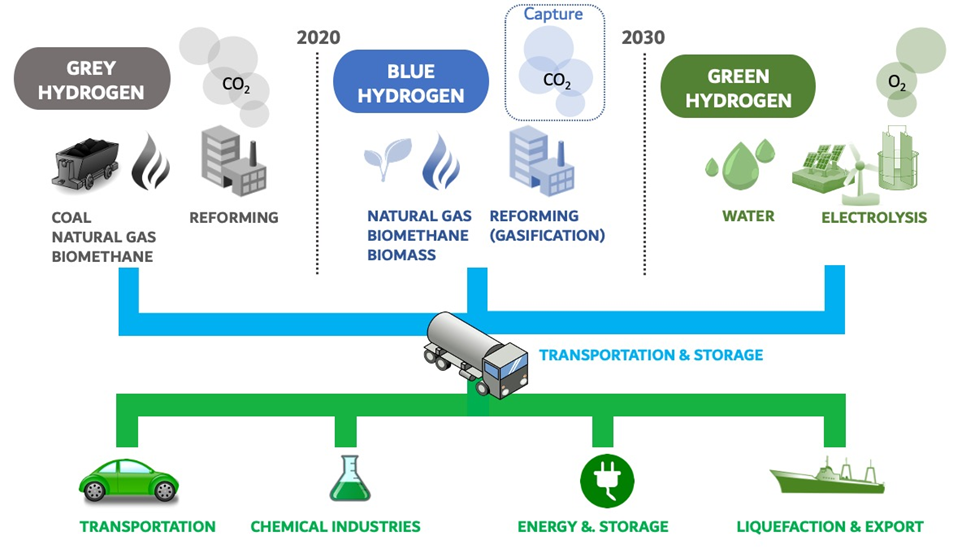
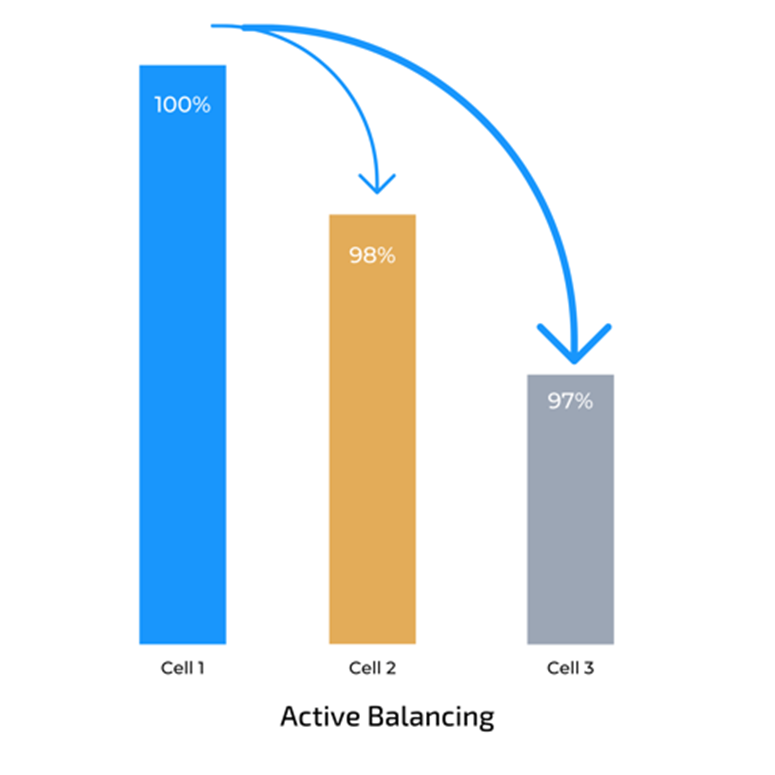
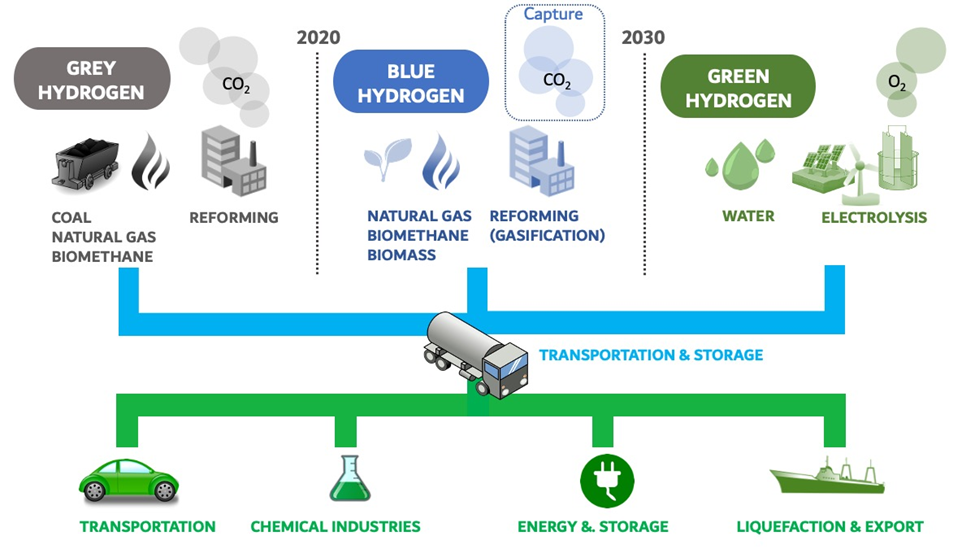
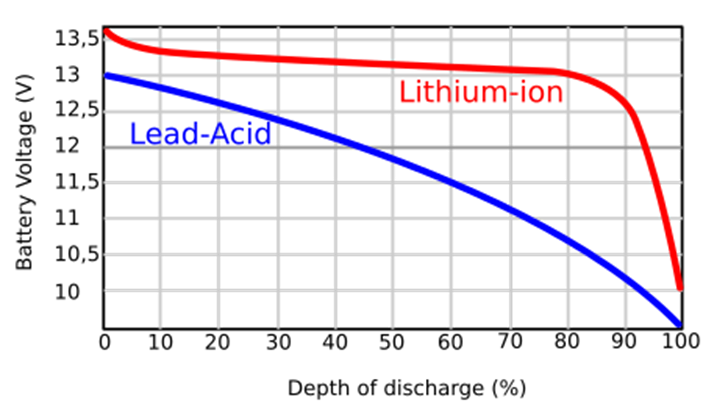
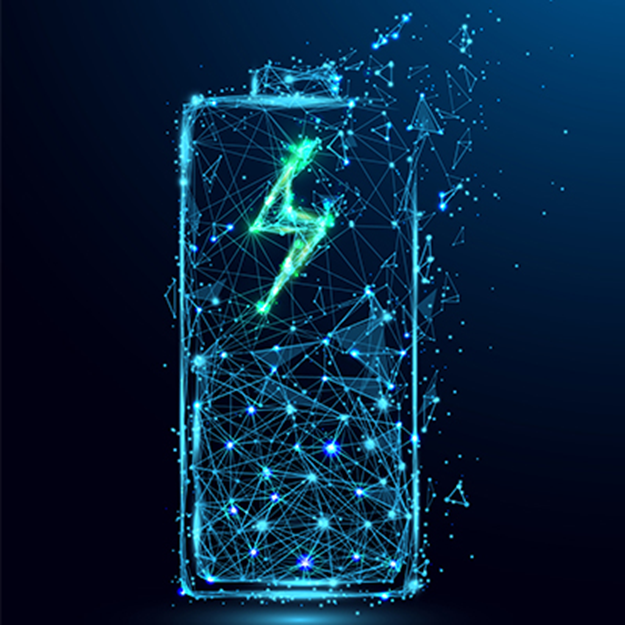
Leave Comment